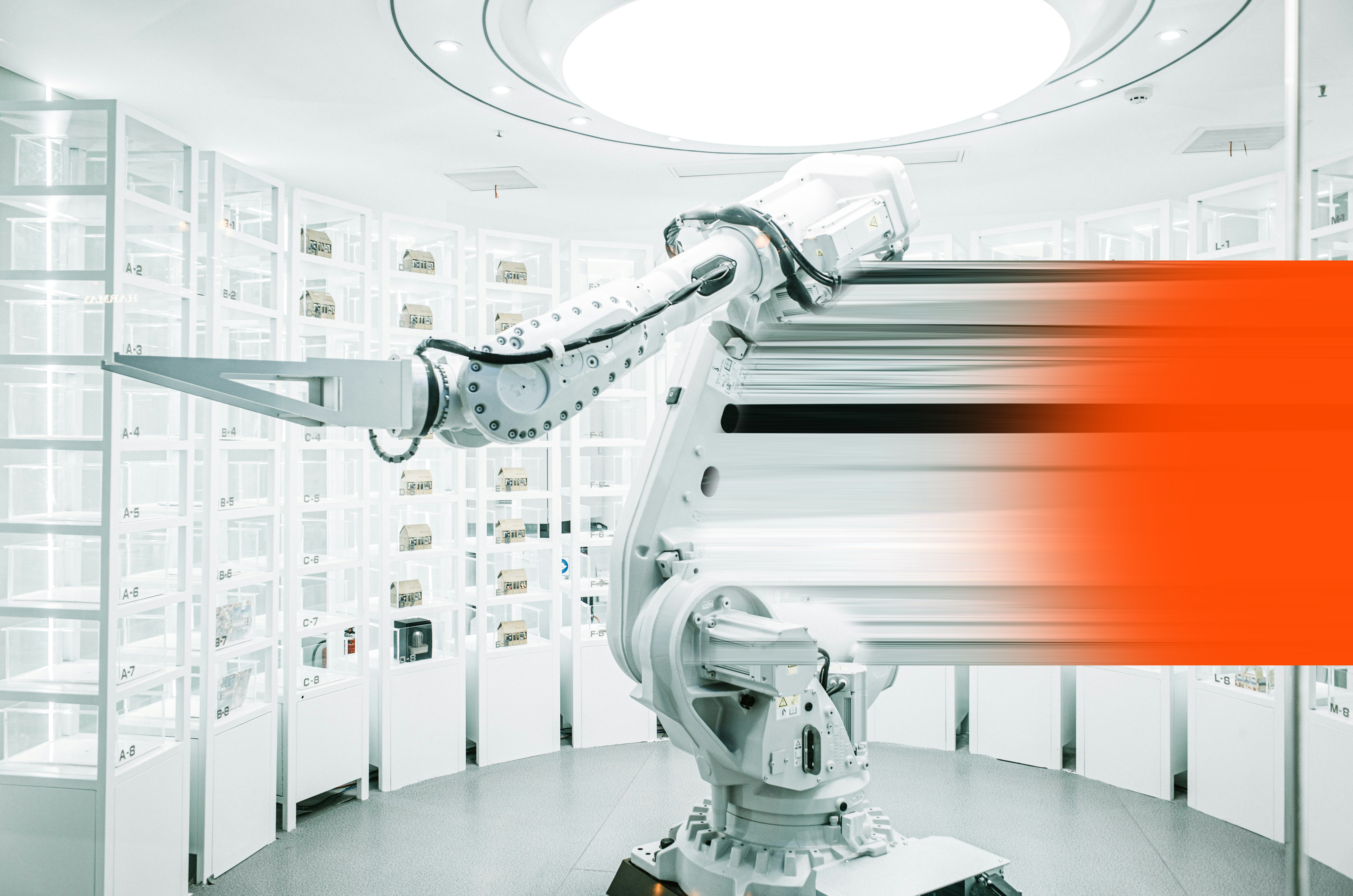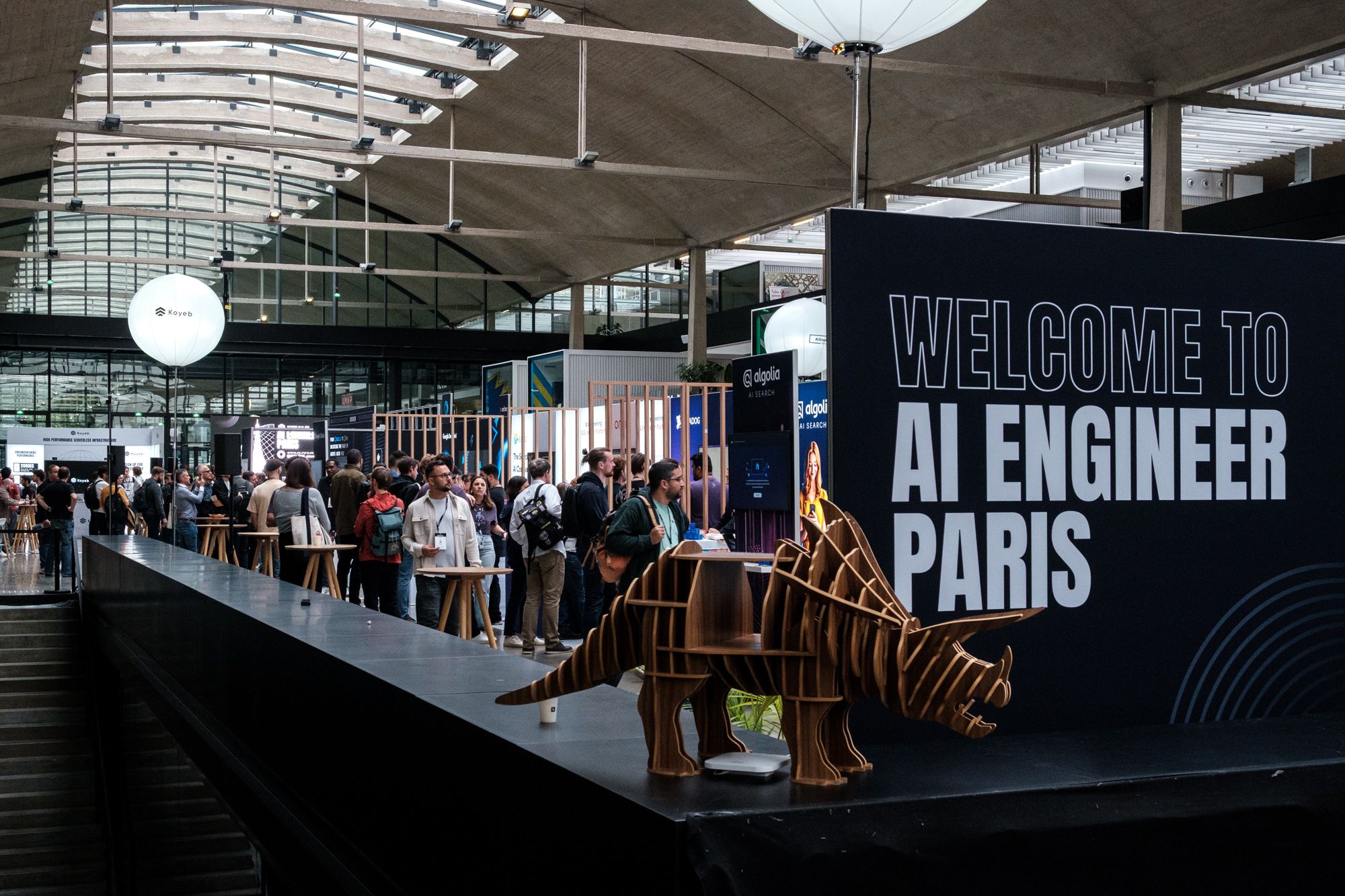The article explains how Artificial Intelligence (AI) is transforming procurement from a tactical, manual function into a strategic driver of value, innovation, and resilience. By leveraging technologies such as machine learning, natural language processing, and Generative AI, organizations can automate and optimize every stage of the procurement lifecycle—from intelligent sourcing and supplier risk management to contract analysis and the procure-to-pay (P2P) process. The rise of integrated “Agentic AI” systems enables end-to-end workflow automation, predictive risk detection, and data-driven decision-making, while maintaining a human-in-the-loop approach to ensure strategic oversight. Ultimately, AI empowers procurement teams to reduce costs, improve efficiency, and proactively manage risks, positioning the function as a key enabler of organizational competitiveness and agility.
Introduction
Procurement has already evolved into a strategic driver of value, innovation, and resilience. However, as global supply chains become increasingly complex, the need for advanced capabilities to manage their intricacies has never been greater. This is compounded by an economic climate where organizations are under immense pressure to control costs, budgets are shrinking, and finding skilled Procurement talent is increasingly challenging and expensive. Artificial Intelligence and its subfields—such as machine learning (ML), natural language processing (NLP), and Generative AI (GenAI)—are poised to be the primary catalysts for this transformation. By infusing predictive power, automation, and data-driven intelligence into the entire Procurement lifecycle, AI is moving Procurement organizations from reactive to proactive and from tactical to truly strategic.
The key difference today is the shift from standalone AI tools to integrated Agentic AI systems. Instead of separate models for each task, interconnected AI agents now manage entire workflows, making AI adoption faster and more impactful.
Sourcing: From Manual to Intelligent
Sourcing is ripe for AI-driven transformation. In traditional sourcing, processes like supplier identification, market research, and tender management are time-consuming and often manual. AI can revolutionize this by providing "AI-Enhanced Sourcing", scouring vast datasets of market information, financial reports, news articles, and even social media sentiment to recommend optimal vendors and products. This goes beyond simple cost comparison, as an AI agent can instantly match complex requirement criteria such as sustainability ratings, diversity qualifications, and real-time risk metrics.
Furthermore, AI agents can automate the creation of Requests for Proposal and other tender documents by analyzing past sourcing events and suggesting tailored inputs. According to a ProcureAbility study, supplier discovery and selection are leading use cases for AI, with 77% of organizations utilizing it in this area.
Beyond initial market analysis, AI is fundamentally redefining one of the most critical and resource-intensive phases of sourcing: proposal evaluation and scoring. Traditionally, this process involves a manual, often subjective, review of complex documentation. AI-powered platforms can now leverage natural language processing and machine learning to perform an automated and objective fit-gap analysis of submitted proposals against pre-defined tender requirements. This capability enables Procurement teams to instantly identify alignment, or lack thereof, with key specifications, allowing for a rapid, data-driven initial shortlisting of potential suppliers.
Furthermore, AI algorithms can perform advanced risk assessments by analyzing the technical, legal, and financial content within a proposal. For instance, by scanning legal clauses to flag deviations from standard contract terms or analyzing financial statements to assess a vendor's solvency and stability. This moves the evaluation from a document-by-document review to a holistic risk profile, enabling proactive risk mitigation. By seamlessly connecting market research, proposal analysis, and risk assessment, AI agents manage the entire initial sourcing workflow.
Ultimately, this transformation is not about replacing human judgment but augmenting it. The most effective approach is a human-in-the-loop model, where AI handles the analytical heavy lifting—automating the scoring based on defined criteria and flagging anomalies—while empowering Procurement professionals to focus their expertise on strategic decisions, complex negotiations, and validating the final outcome. This symbiotic relationship between human expertise and machine intelligence ensures greater efficiency, consistency, and strategic value.
For Category Strategy and Management, AI-powered tools can analyze spend data to identify patterns and uncover cost-saving opportunities, such as supplier consolidation or bulk purchasing. This level of granular insight allows Procurement teams to make smarter decisions and develop more effective long-term strategies, moving from a reactive "spot buy" approach to a more data-informed, strategic one. AI is also proving to be an invaluable tool in managing "tail spend," the high volume of low-value, non-strategic purchases that can cumulatively account for a significant portion of an organization's total spend. AI-powered platforms can automatically categorize and analyze these transactions to identify opportunities for supplier consolidation or to enforce purchasing policies, helping to bring discipline and savings to a previously under-managed area.
Supplier Management: Predictive and Proactive Risk Mitigation
Supplier management is a critical area where AI delivers significant value. Traditionally, managing supplier relationships and assessing risk have been manual, reactive processes. AI transforms this into a proactive, continuous capability. Through the use of Machine Learning, AI can continuously monitor a supplier's financial health, operational capacity, and compliance with industry standards. It can process unstructured data from news reports, legal databases, and public records to provide "Predictive Risk Identification" and flag potential issues, such as financial distress, geopolitical instability, or non-compliance, before they escalate.
This continuous monitoring allows for a dynamic risk-scoring model, where a supplier's risk profile is updated in real-time. If a risk is identified—for instance, a natural disaster in a key supplier's region— the AI agent doesn't just send an alert; it initiates a risk mitigation workflow by suggesting alternative suppliers and modeling the potential impact on the supply chain. This frees up the team to focus on strengthening key supplier relationships and mitigating complex risks rather than spending time on manual data collection and analysis.
For example, multinational consumer goods corporation Procter & Gamble (P&G) leverages AI to analyze and standardize data from its vast network of suppliers. By consolidating information from disparate systems, P&G gains a unified, real-time view of its operations. This improved visibility enables the company to manage complexity and ensure product availability for retailers and consumers, thereby making its supplier management more robust and data-driven. P&G also uses AI for predictive maintenance, anticipating equipment failures before they occur to minimize downtime in manufacturing.
Contract Management and P2P: Streamlined and Automated
The back-end of the Procurement process, from contract management to the full Procure-to-Pay (P2P) cycle, offers some of the most immediate opportunities for AI-driven automation and efficiency gains. For contract management and administration, AI with NLP capabilities can analyze and summarize complex legal documents, ensuring compliance and flagging any discrepancies or opportunities for renegotiation. This automation significantly reduces the administrative burden and minimizes the risk of human error. Gartner predicts that by 2027, 50% of Procurement teams will support supplier contract negotiations through AI-enabled contract risk analysis.
In the P2P process, integrated AI agents can streamline the entire process. This is where the power of Agentic AI is clearest, as AI agents manage the entire procure-to-pay workflow—connecting requisition, ordering, invoicing, and payment into one automated process that previously required significant manual handoffs. Requisitioning can be made more intelligent with AI agents that guide employees to approved items and suppliers based on historical purchasing data, ensuring compliance from the start. AI can then automatically generate and route purchase orders, speeding up the cycle time from requisition to order. The true power of AI in P2P lies in its ability to automate the typically tedious and error-prone Accounts Payable process. AI can perform automated invoice and PO matching, instantly verifying that an invoice matches the purchase order and goods receipt. This not only reduces errors but also helps to detect and prevent fraud by flagging anomalies in payment data. AI can then trigger payments automatically, ensuring suppliers are paid on time and freeing up staff for more strategic tasks. AI also provides a way to manage spot buys by providing instant access to real-time market data and a list of pre-approved vendors.
Procurement Capabilities: Data-Driven and Insightful
AI's impact extends beyond specific processes to enhance the core capabilities that underpin the entire Procurement function. AI provides the foundation for this by automating data collection, cleansing, and classification. AI-powered platforms can ingest data from various sources—invoices, ERP systems, and contracts—and categorize it accurately to provide a consolidated view of all spend. This "Enhanced Spend Visibility" allows organizations to identify savings opportunities, enforce compliance, and optimize budgets.
Conclusion
The integration of AI into Procurement is not just about adopting new technology, it’s about fundamentally rethinking how the function operates. From intelligently automating sourcing and supplier risk to streamlining the entire P2P cycle, AI is enabling Procurement teams to move beyond tactical, manual tasks and become strategic value drivers for their organizations. While challenges related to data quality and change management exist, the benefits—reduced costs, mitigated risks, and enhanced operational efficiency—are significant. The future of Procurement is a symbiotic relationship between human expertise and machine intelligence.
Ready to Rethink Procurement? Share your challenges and see how Agentic AI can help.




